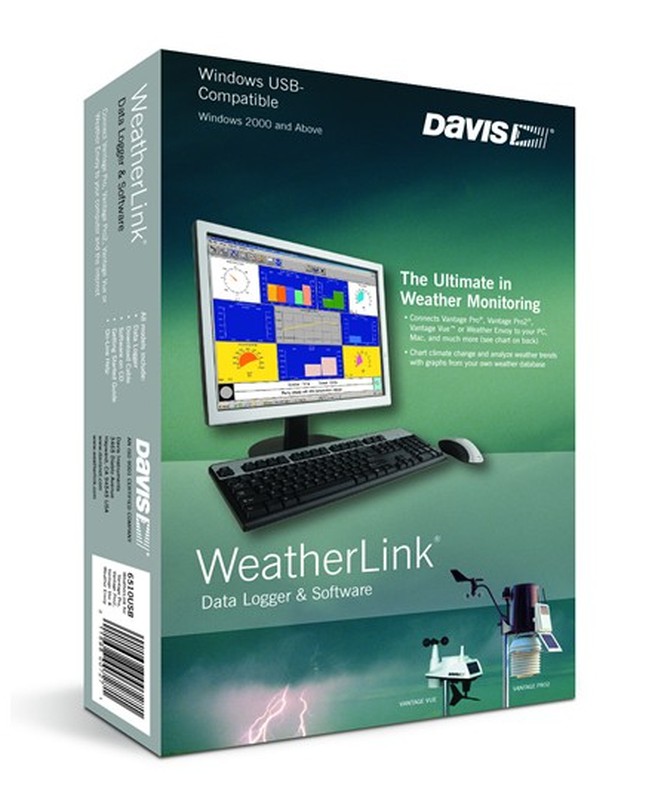What is a datalogger?
Everything you want to know about datalogger devices

A datalogger is a digital device for recording and storing data. They can be purely computer data or records of meteorological or environmental variables. It is this case that arouses the most interest.
A datalogger continuously stores a series of environmental parameters, for which it is programmed. The datalogger itself can also act as a sensor or data logger, or it can simply be a data storage device that other sensors have logged. This device may or may not be connected to a basic computer equipment to download the stored data.
These devices are used very frequently for meteorological and environmental control.
There are two types of dataloggers:
-Teams that act as data loggers and storers. For example, equipment from the Testo Instruments house.
-Teams that act only as data warehouses. In this group are the majority of dataloggers associated with digital weather stations.
If we want to transfer these stored data to a central computer, the datalogger must have a cable or support for the transfer (serial / USB), or a connection via wi-fi or ethernet with the "cloud" or the network.
Meteorological and environmental dataloggers have a wide field of use.
Meteorological dataloggers are used to store data captured by automatic meteorological stations. These equipments are basic for modern meteorological observation and for climatic studies. They are also the key tools for consulting near-real-time weather data.
Environmental dataloggers are used to control the temperature and humidity conditions indoors or at specific observation points. Its use is widespread in food processing and preservation spaces and also in museums, offices or centers for the preservation of documentary assets and archives.
The final step of any datalogger is to have the data stored in a computer format in order to carry out the control and subsequent studies. In this step the configuration is key, here we can play with the data storage interval (1,2,5,10,15 ... minutes) depending on the degree of control requirement.
Once the data is downloaded, we have datalogger equipment with our own computer program, such as Weatherlink, which will also help us to configure graphics, to be able to upload this data to our own server or to transfer the files to excel or csv format for later work.
There are also other devices that the download is more direct, simply with a USB and with a much simpler configuration. In these cases the export is already configured to be directly in excel or csv format. Then the data processing is subsequent and is carried out by the user himself, not by any intermediate program.






Opinions of our clients
Receive our news